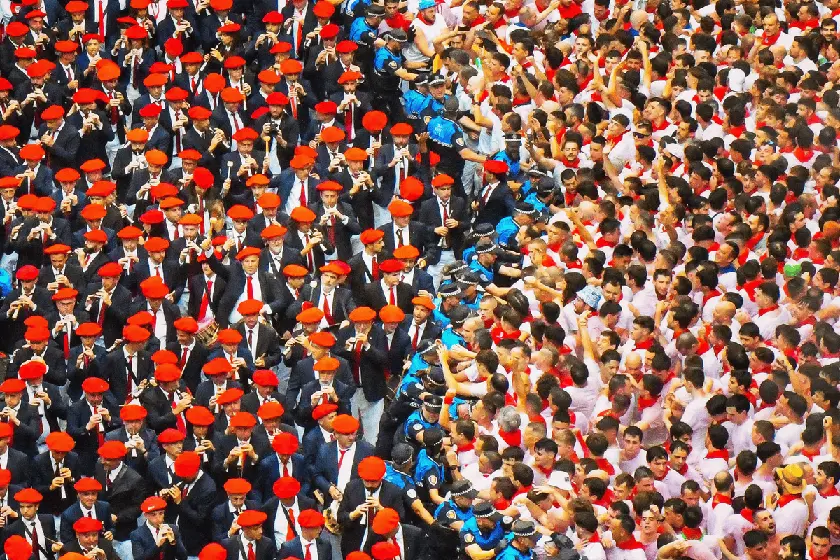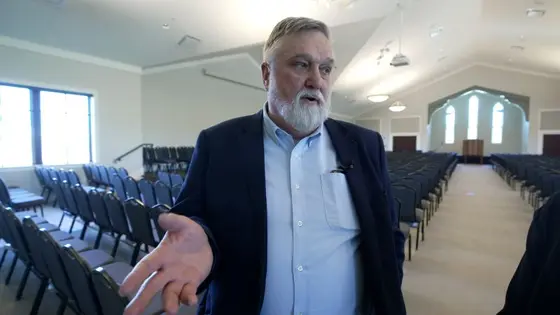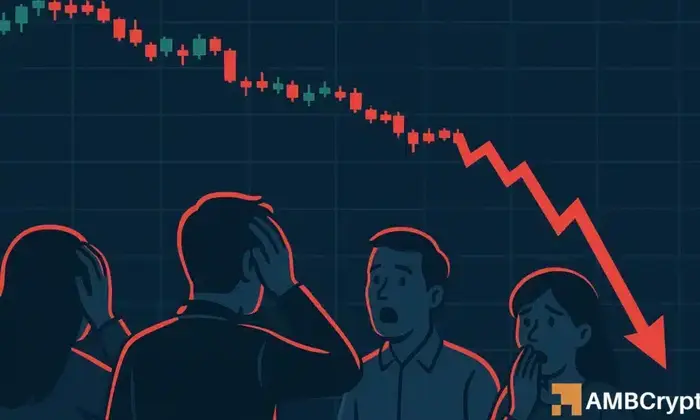T4K3.news
Study shows crowds mimic liquid movements
New research finds that dense crowds at events move in predictable wave patterns.

New research reveals that crowds can act similarly to liquids when densely packed.
Crowds behave like liquids with patterns of movement
A study led by Prof Denis Bartolo shows that densely packed crowds behave like liquids, forming ripple-like movements. Observations from the San Fermín festival in Pamplona revealed significant density changes, with people per square meter rising from two to six. When reaching over nine people per square meter, the crowd exhibited regular movement every 18 seconds, resembling waves. This pattern was also noted in footage from the 2010 Duisburg Love Parade, where dangerous overcrowding led to tragic outcomes. The research aims to improve safety at densely populated events by understanding crowd dynamics more effectively.
Key Takeaways
"Understanding and controlling crowd dynamics is not straightforward."
This quote from Dr Antoine Tordeux highlights the complexity of crowd behavior and its implications for safety at events.
"The study reveals how waves of motion can form naturally among densely packed people."
Prof Denis Bartolo points out the natural patterns seen in crowded areas, emphasizing their fluid-like behavior.
These findings highlight the importance of studying crowd dynamics to enhance safety at large gatherings. Events like the San Fermín festival, while celebratory, can turn dangerous due to the high volume of attendees. Recognizing crowd behavior as fluid adds a valuable perspective in preventing tragedy at large-scale events. The insights from this research can inform event planners and safety protocols, making it crucial to prioritize crowd management strategies in planning.
Highlights
- Crowds in motion mimic a flowing liquid.
- Understanding crowd behavior can save lives.
- Festivals may need to rethink crowd safety.
- Dense crowds behave like natural waves.
Crowd safety concerns
The research connects crowd density to safety risks at large events like festivals, underscoring the need for improved crowd management strategies.
Pursuing further research on crowd behaviors could save lives in future public gatherings.
Enjoyed this? Let your friends know!
Related News

New research shows particles can act faster in crowds

New Study Finds Volcanic Exoplanets Could Host Life

GLP-1 eye risks noted in new studies

Pastor Doug Wilson opens new church in Washington

Seed oils are not harmful according to recent studies

Crypto market loses $60 billion amid altcoin sell-off

Coca-Cola may switch to cane sugar

Ancient Thai site reveals early betel nut use
